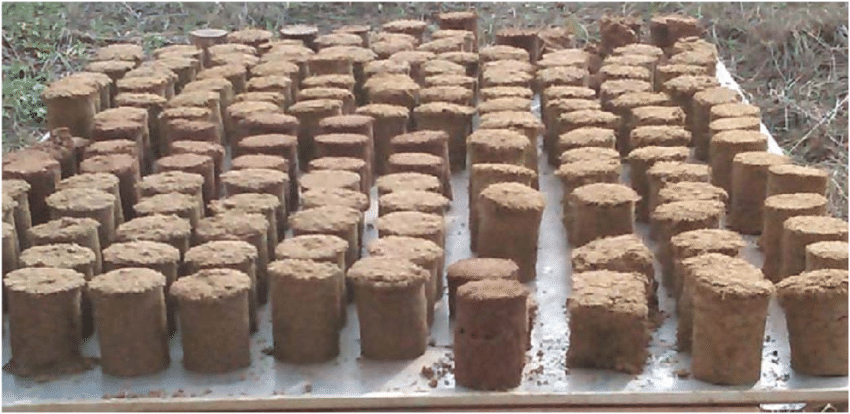The sustainability of rice briquettes is supported by several important benefits:
Making Sustainable Rice Briquettes A Clean Energy Solution

In the search for sustainable and renewable energy sources, making sustainable rice briquettes stands out as an effective, eco-friendly solution. Sustainable rice husk briquettes are fuel blocks made from compressed rice husks, a byproduct of rice milling that is often discarded or burned wastefully.
This process not only provides a cleaner fuel alternative but also addresses waste management issues in rice-producing communities.
What Are Rice Briquettes
Rice briquettes are compacted biomass fuel made primarily from rice husks, sometimes mixed with other agricultural residues. Rice husks are generated in vast amounts during the processing of rice, and managing their disposal frequently poses challenges.
Instead of burning them openly—causing air pollution—or letting them decompose, rice husks can be converted into briquettes that serve as renewable fuel.
Why Sustainable Rice Briquettes
-
Waste Utilization: Turning rice husks into briquettes reduces agricultural waste, promoting a circular economy.
-
Reduced Emissions: Briquettes burn cleaner than loose husks or traditional wood and charcoal, lowering smoke and particulate emissions.
-
Energy Efficiency: Compressed briquettes have higher energy density, providing longer and more consistent burning.
-
Forest Conservation: Using briquettes as fuel reduces dependence on firewood, helping to conserve forests and biodiversity.
The Process of Making Rice Briquettes
Making rice briquettes involves several simple steps:
-
Collecting Raw Material: Rice husks are gathered from mills or farms. Sometimes other materials like sawdust or coconut shells are added to improve the quality.
-
Drying: Moisture content must be lowered to around 10-15% to ensure effective briquetting and combustion.
-
Grinding: The rice husks are ground into finer particles, facilitating better compression.
-
Mixing with Binder: A natural binder such as cassava starch or other organic adhesives is mixed to help the material stick together. In some technologies, pressure and heat alone suffice.
-
Briquetting: The mixture is pressed into compact shapes using a briquette machine. This can be manual or mechanical depending on available resources.
-
Drying and Curing: Finally, briquettes are dried thoroughly to harden and improve burning performance.
Benefits for Communities and the Environment
Rice briquettes offer multiple benefits beyond just energy:
-
Economic Opportunities: Local briquette production creates jobs in collecting, processing, and selling fuel, stimulating rural economies.
-
Improved Health: Cleaner burning reduces indoor air pollution, which is a major cause of respiratory problems in many developing countries.
-
Energy Access: Briquettes provide an affordable fuel source for households without access to electricity or LPG.
Challenges and Considerations
While promising, rice briquette production also faces challenges:
-
Initial Investment: Acquiring briquette presses and dryers may require funding or subsidies.
-
Quality Control: Consistent quality is crucial to ensure good burn efficiency and user acceptance.
-
Awareness: Communities need education on the benefits and use of briquettes to shift from traditional fuels.
Conclusion
Making sustainable rice briquettes is a smart, practical step toward clean energy, especially in rice-producing regions. By transforming agricultural waste into a valuable fuel source, it contributes to waste reduction, environmental protection, and community development. As awareness grows and technology improves, rice briquettes could become a key part of sustainable energy solutions worldwide.
